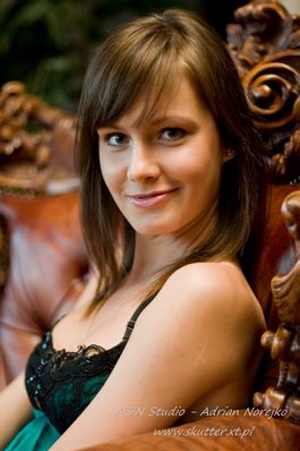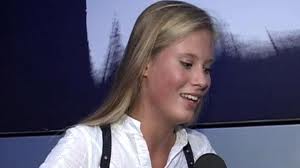History /
Polish inventors - what have they ever given to the world? [101]
Polish inventors
Rudolf Gundlach He is famous for his invention of the Gundlach Rotary Periscope (Polish: Peryskop obrotowy Gundlacha), patented in 1936, which made possible 360° vision. The periscope enabled an observer (e.g., the tank commander) to look forward (upper panel of the picture) or backward (lower panel) without moving his seat. Since it greatly increased the comfort of observer and widened the field of view, the new periscope design was used in virtually every tank built after 1940.
Tadeusz Tański in 1916 designed and built a 12 cylinder 512 horsepower engine.
Jan Szczepanik Szczepanik held several hundred patents and made over 50 discoveries, many of which are still used today, especially in the motion picture industry, photography, and television.
Some of his ideas influenced the development of television, such as the telectroscope (an apparatus for distant reproduction of images and sound using electricity) or the wireless telegraph, which greatly influenced the development of telecommunications.
Szczepanik was granted awards by royal courts. Spanish ruler Alfonso XIII awarded him an order for creating the first ballistic vest.
Kazimierz Prószyński He patented his first film camera, called Pleograph (in Polish spelling: Pleograf), before the Lumière brothers, and later went on to improve the cinema projector for the Gaumont company, as well as invent the widely used hand-held Aeroscope camera.
Jacek Karpiński was a Polish pioneer in computer engineering and computer science.
During WW2 he was a soldier of Batalion Zośka of Polish Home Army, awarded multiple times with a Cross of Valour. Among the others he took a part in Operation Kutschera (intelligence) and Warsaw Uprising when he was heavily wounded.
Later he became a developer of one of the first machine learning algorithms, techniques for character and image recognition.
After receiving a UNESCO award in 1960, he studied for 2 years at Massachusetts Institute of Technology and Harvard University.
In 1971 he designed of one of the first minicomputers, the K-202.




